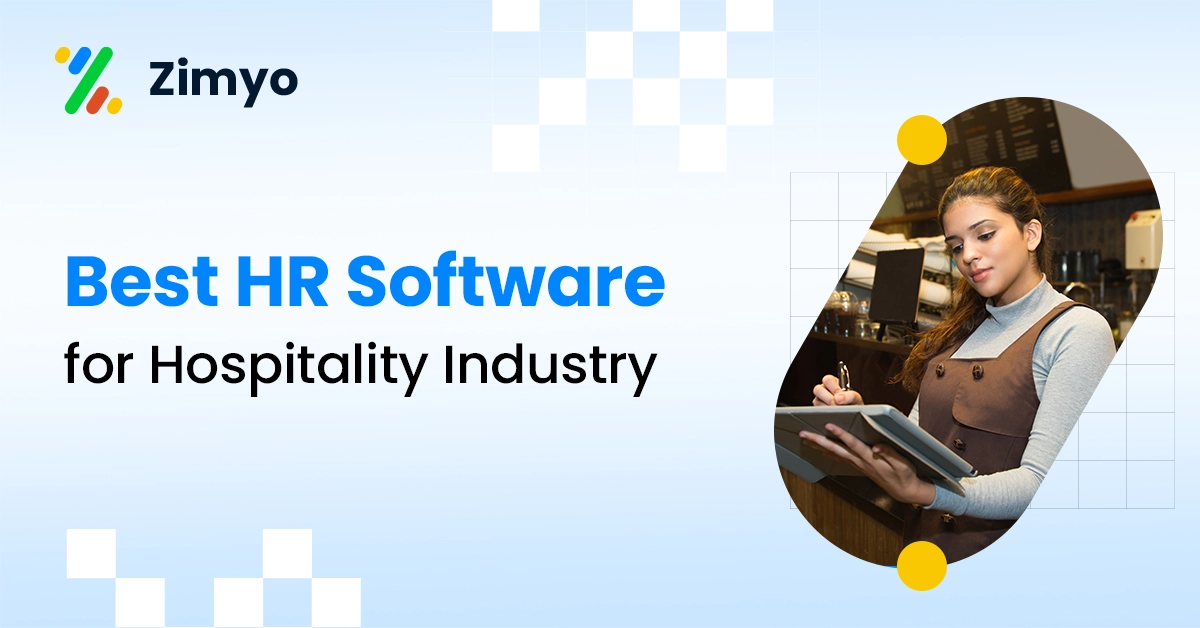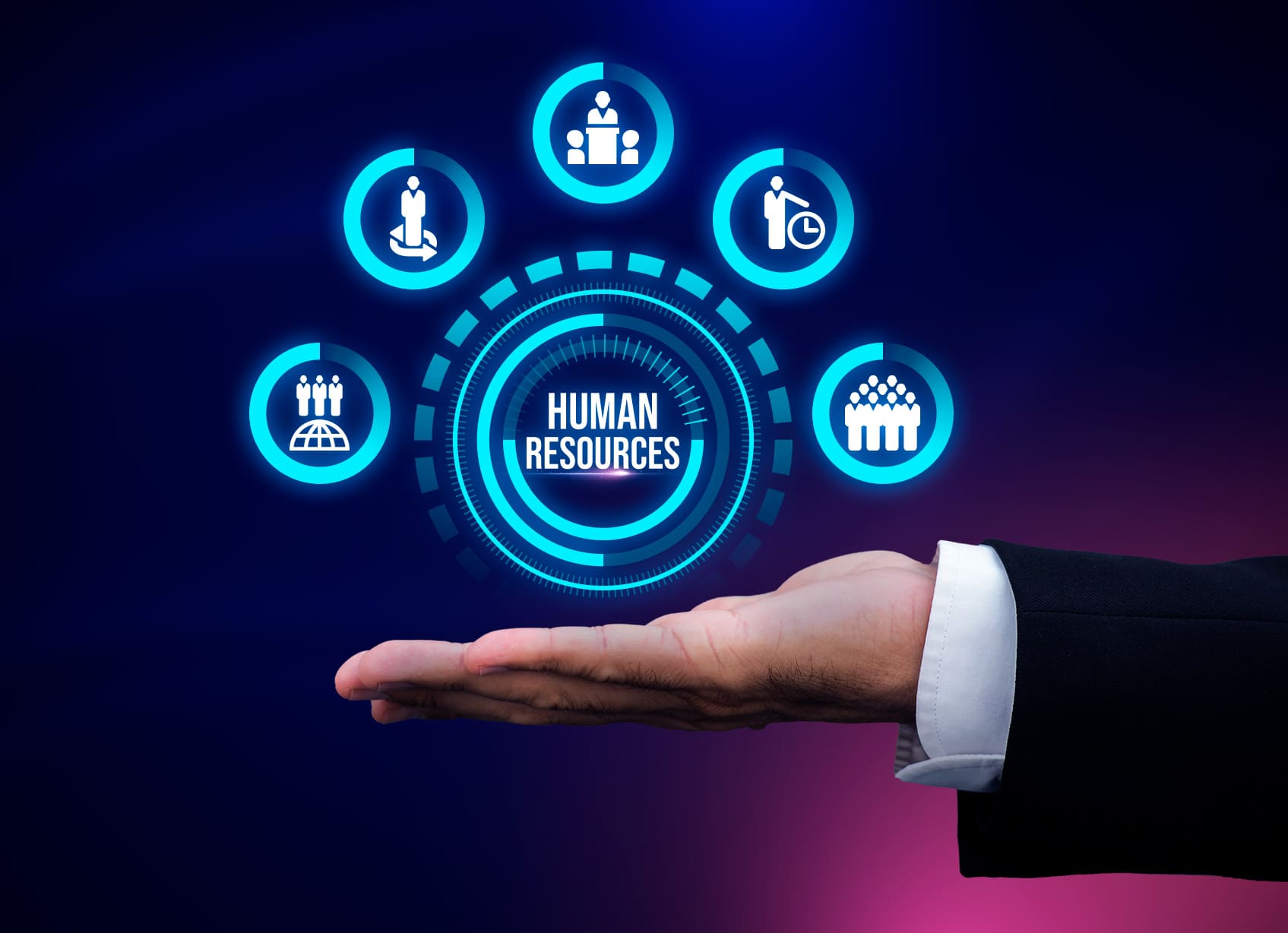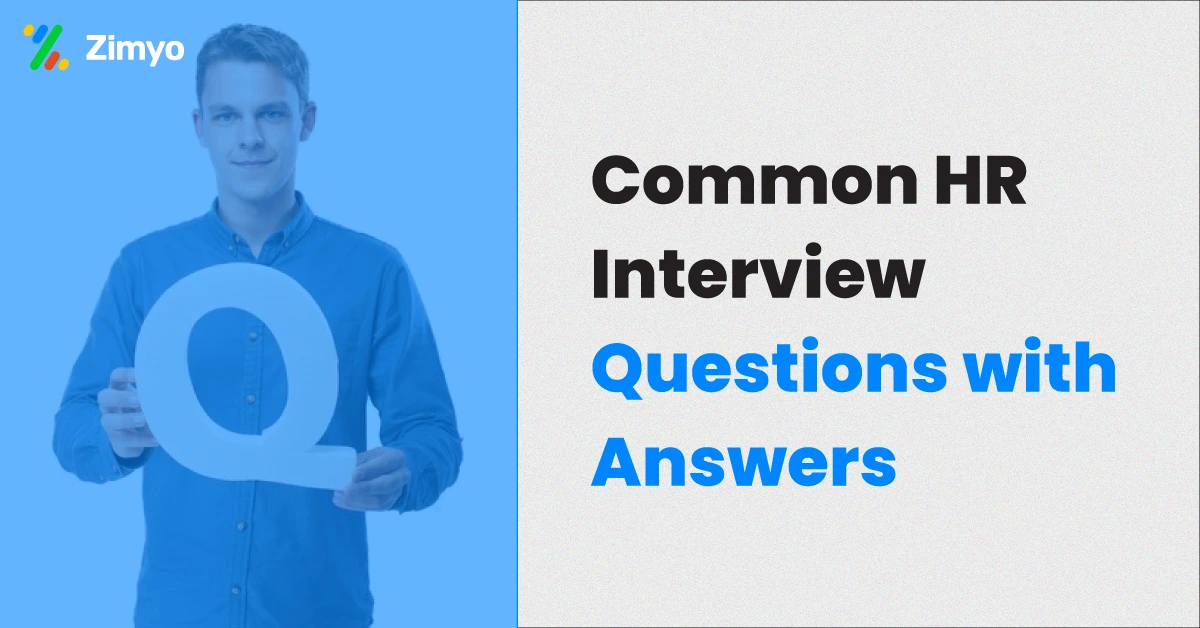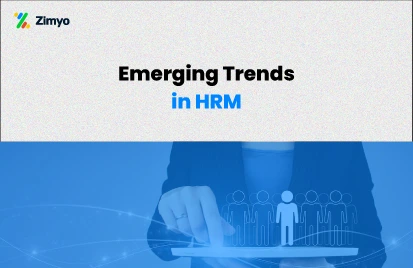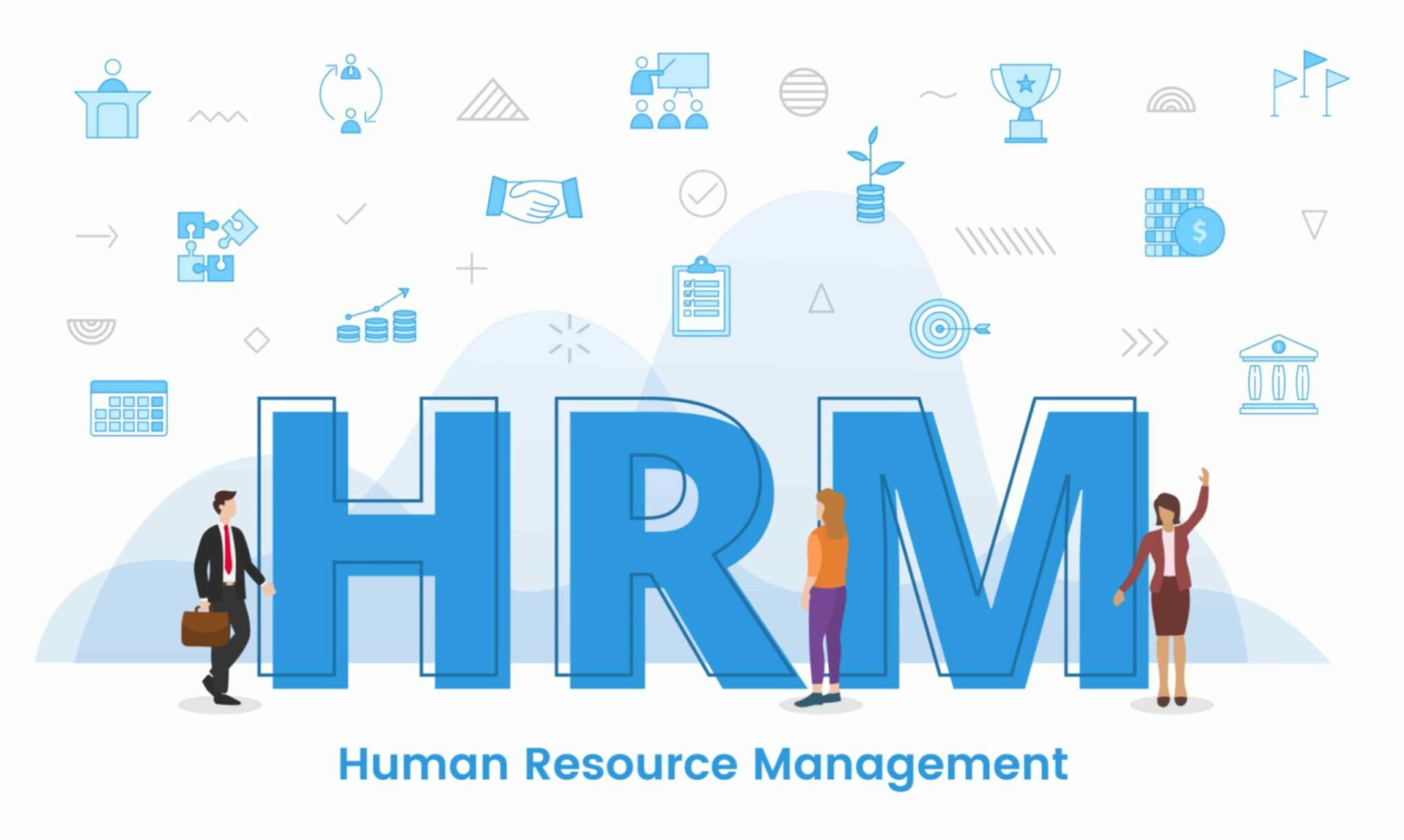
HR Management is a niche domain, with overarching impact in an organization, demanding not just the brightest minds on the team, but resources, for greater efficiency in routine functions. HR management software is bespoke in nature, and contrary to perceptions that it stresses budgets and capex, it offers significant cost to benefits, on deployment. Not only do companies get to hire the best fit, cherry picking from a multitude of applicants with similar skills, it actually helps in integrating other aspects of HR and management into a single solution.
What exactly does HR Management Software offer?
Modules in the HR Management Software include the all important Applicant Tracking Software that serves as the primary channel, the go-to database for hiring. A comprehensive HR Management solution incorporates multiple features and tools to carry out performance appraisals, using various metrics, for instance Hogan Assessments or 16PF to get a well rounded evaluation of the employee, post induction or prior to induction.
An intelligent system would also factor in various nuanced aspects, such as the “need to have” and the “nice to have” qualifications and abilities of candidates.
How do the various modules offer value to HR functions?
The ultimate goal of HR software is more or less the same, straddling important aspects of HR functions. For instance, the software would comprise a recruitment module that will help in-house talent acquisition and recruitment teams, an assessment tool to continuously monitor performance of employees, and a workforce management system that takes care of HR administration tasks. More complex packages will have additional modules that may extend to other areas of operation, such as payroll management etc.
What are the various factors to consider prior to picking a HRMS?
HR Management Systems come in customized options, with modules and interfaces to meet specific requirements. Therefore, it would be difficult to zero in on the most suitable one, if the organization does not have a roadmap in place for leveraging the features in the system. The first step in homing in on the most suitable system would be to understand the various features or components and match them to the actual requirements before choosing the system.
This article will help you get an idea of how to go about choosing one that works for you. Here, we will take a look at the different types of HR Management Suites, a few examples, various features, important aspects that need to be considered prior to choosing a system, the little red flags that one needs to look out for and finally a roundup of what’s new on the scene.
Different types of HR Management Suites
While there may be different ways to look at categories, we have looked at it from an overall perspective to give better clarity. There are primarily four different types of HR Management Systems.
- Operational HR
- Tactical HR
- Strategic HR
- Comprehensive HR
Other divisions are basically within these categories.
Operational HR – True to its name, this helps a manager to perform routine tasks effortlessly and take decisions that are aligned with the objectives of the organization. Within this category different modules perform different roles such as the Employee Information Module, which involves the collation of personal and professional information/data, parsed into relevant fields, used for compliance and regulatory requirements.
Additionally Operational HR is also used to identify vacant positions that are critical and need to be filled fast. Performance appraisal forms part of this category, where documentation, and records of performance metrics are used for appraisal. This is vital in an organization where succession planning is important to ensure that gaps are filled on time and in a seamless manner.
Tactical HR – This helps managers to take decisions on the basis of information and inputs available, mined and processed by the software. For instance, recruitment, analysis of job profile, compensation packages and learning and development decisions are taken on the basis of information provided by this module. A job profile for instance, does not end with just the requirements of the task, they need to factor in various other criteria, such as industry standards, competitor’s advantage in similar positions, regulatory requirements, scope for growth within the organization etc.
Compensation packages need to look at various factors and cannot be straight-jacketed into the position’s productivity. It needs to look at the larger role of the position and its contribution in the product or service lifecycle of the organization. Benefits need to be attractive, without stressing the budgets. Learning and Development is vital to the success of any organization. Upskilling, gap analysis, continuity training, cross training are all very important aspects for the health of an organization and this leads to complete business transformation.
Strategic HR – This category typically deals with the planning aspect of human resources functions. The handling of labour resources and workforce planning are crucial to an organization’s success. Human capital that works in complete harmony with other components of a business is pivotal to the success of organizations.
Therefore, planning the management is important, and tools in this software typically assist organizations to plan better. Crunching of numbers, and looking at various data points to understand the larger perspective is important, which will be difficult to achieve in a data driven world where volumes are staggering. The size of workforces in certain organizations will make it impossible for manual planning, and such tools will help in rolling out a roadmap for success. Strategic HRM guide
Comprehensive HR – As the name suggests, this is one category where most, if not all aspects are covered through modules. This category straddles all areas of HR functions. A well coordinated and integrated module, this one simplifies operations and planning, for improved results and better cohesion inside organizations. The generation of reports, planning, compliance and co-ordination work in seamless harmony for greater productivity and realisation of organizational goals and milestones.
Standout features of HR Management software
Some of the standout features of an HR Management System include the following :
- Management of employee data – Employee data management is more like a centralized repository, assisting organizations to plan better during implementation or execution of a project. This helps in matching skills with tasks, thereby getting the right fit for best results.
- Vacancy Management – This greatly helps in discharge of functions of hr manager by real time updates of vacancies, job profile and the criticality of the vacant positions. In tandem with other features, this will result in faster triggering of processes to fill up vacancies.
- Applicants Tracking System – This is of great importance to eliminate dupes and to screen profiles from diverse sources. A good module would involve a very complex and advanced option of querying in different combinations to get the desired profiles and eliminate unsuitable aspirants, thereby saving time, and helping in giving a laser sharp focus during the process of recruitment.
- Employee training/upskilling – Continuity training is of great importance and this component helps managers keep track of the skill gaps and the need to bridge them with necessary training.
- Benefits management – This feature helps organizations to rollout the most suitable and useful benefits to different employees, while maintaining a tab on the cost to organization by offering benefits. Some benefits that are only of trophy value can be then modified for better impact.
- Documentation – A very crucial aspect of organisational processes is documentation and this feature will take care of the storing, indexing and retrieval of documents related to legal aspects and HR admin functions.
- Project Monitoring – Projects need to be planned and monitored effectively for greater success. This feature enables organizations to chalk out plans and task assignment and monitor the same across various metrics.
- Succession planning – The void left behind or that which will be left behind by senior managerial or critical positions can impact the overall performance of an organisation. It is therefore important for businesses to have a succession plan in place, and the features in a comprehensive HR solution will help in succession planning by looking at the performance and assessments of candidates, in addition to the requisite skill sets acquired through training.
- Employee exit process – Exit interviews and inputs are vital for the organizations to bring in processes that are more people friendly. A good solution will have features that permit the input of information which will find its way to other critical decision making aspects.
What to look for in a HR Management System?
There are multiple factors at play that determine the success of a solution. While it is a classic case where one size will never fit all, a few key determinants are common. Here is a small list that will help in filtering in the best solutions.
- Scalability – Organizations, without exception look at growing and expanding footprints. Therefore, look for a solution that is fully scalable, without compromising its effectiveness.
- Customisation – Inflexible systems are of little or no value. Everything is in a state of flux, and therefore a solution should have the desired amount of flexibility to intelligently use as per changing requirements.
- Uncomplicated, uncluttered – Any solution, including dashboards, need to be uncomplicated and uncluttered. Users of the interfaces should find it easy to operate and manage.
- Support – Support should be co-terminus with the use of the solution. From day one till the day the solution is phased out, support needs to be available, easily, on-demand.
- Integration – The system needs to integrate easily within other processes. It can never operate like a silo, but needs to be part of a large workflow and process that is seamless.
The little red flags
- Privacy – In an increasingly data driven world, privacy of data is of paramount importance. Never settle for a solution that does not offer security of data. Globally, nations have brought in legislation to protect data, indicating the seriousness of vulnerabilities.
- Automation – Automation will help, but in the new techno social order, automation without human input or skills will have disastrous results. Choose a solution that is easy to use, where human input also matters. A convergence of human skills and technology is the need of the hour; therefore, solutions that tilt to one side of the balance may not be very effective.
What’s in and hot?
Cloud and mobile – This is something that has been cooking for a long time. Most of the solutions are hosted on the cloud, offering access from any location, anytime, and from any device.
Engagement through gamification – The latest trends indicate that typical game techniques such as the setting of goals, bringing in an air of competition, seeking feedback on a real-time basis, and finally the rewarding of individuals are transforming workplace engagement.
HR managers have their task cut out and need to don different roles to achieve efficiency. Recruitment, hr administration, success management and retention management are pivotal to organizational success, to manage human capital in a more effective manner. With the right software you can easily leverage technology, to achieve productivity, cut costs and meet organizational goals.




